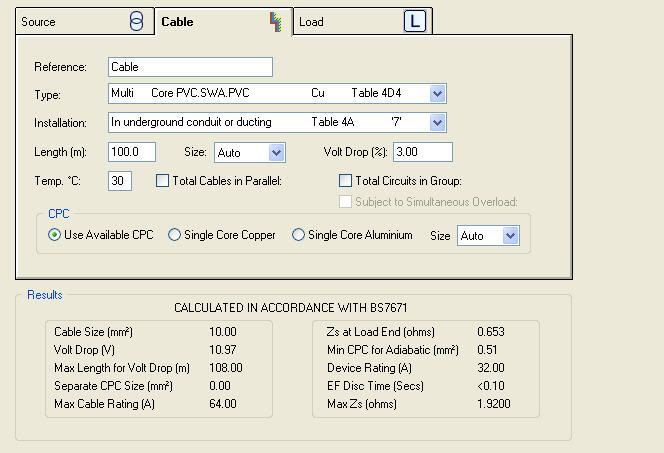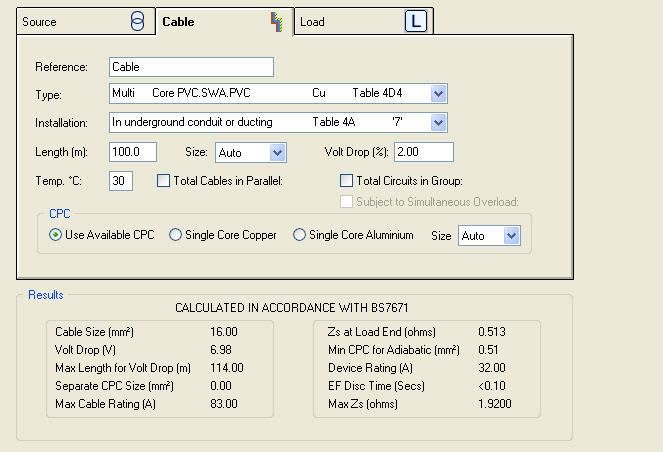Why is it that a supplier on this site states that 4mm SWA cable has a current carrying capacity of 45 amps whereas my local electrician now tells me it needs to be at least 10mm if not 16mm?
The run is 100m and we need a 32 amp supply to run a small welder - otherwise it's only for lights and power tools. I reckoned the voltage drop would be ok according to the specifications for the cable as did the supplier.
This is going to cost me a great deal of effort to re lay the cable although luckily it's in a duct - let alone the cost of buying the new stuff and dumping the original.
Have i just asked 1 too many people for advice - i.e. 2?
Signed - a not very happy person who tried to do the right thing by talking to the experts and reading the data sheets.
The run is 100m and we need a 32 amp supply to run a small welder - otherwise it's only for lights and power tools. I reckoned the voltage drop would be ok according to the specifications for the cable as did the supplier.
This is going to cost me a great deal of effort to re lay the cable although luckily it's in a duct - let alone the cost of buying the new stuff and dumping the original.
Have i just asked 1 too many people for advice - i.e. 2?
Signed - a not very happy person who tried to do the right thing by talking to the experts and reading the data sheets.



